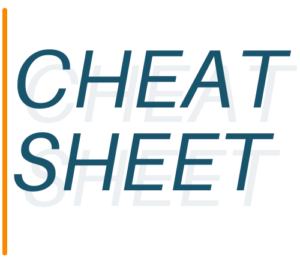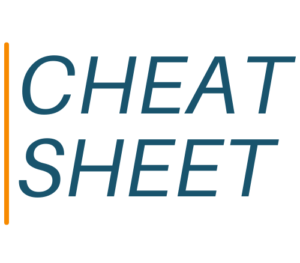
Cheat Sheet: Substack Fintech Newsletters
Substack is producing a fair amount of talented fintech experts; here’s a cheat sheet with eight of them, with contact info and more.

Substack is producing a fair amount of talented fintech experts; here’s a cheat sheet with eight of them, with contact info and more.

Here’s a dozen New York-based targets covering banking or fintech. They’re the reporters you might want to wrangle when a client is “in town” and wants to get together with a reporter for a trend-spotting session.
 Why did we choose payments and banking for the latest SWMS deep-dive? Everybody buys something. If the payments space doesn’t constitute the largest total available market of all time, it’s close. Banking? For a decade, startups have struggled to monetize those who don’t use banks, or barely use them.
Why did we choose payments and banking for the latest SWMS deep-dive? Everybody buys something. If the payments space doesn’t constitute the largest total available market of all time, it’s close. Banking? For a decade, startups have struggled to monetize those who don’t use banks, or barely use them.
YOUR ACCOUNT
FRIDGE NOTES
Indy media business experts Brian Morrissey and Jacob Cohen Donnelly have built two very successful businesses with both newsletters and face-to-face events. Axios has noticed this and has decided to get into the event space focusing on the economics of publishing, which of course is a topic close to home. Announced this week: an Axios event coming up in September. Hosts: Sara Fischer and Kerry Flynn.
ServiceNow has launched a special report on Fortune to jumpstart strategic spending on AI, illustrating workarounds for implementation problems, and otherwise illuminating the path to integrating AI into software operations. This is a branding exercise, of course, and perhaps is a sign that earned media is just not going get a strategic job done.
AIQ shows a big idea and how to leverage the prestige of Fortune without having to pitch stories to accomplish that same objective: you can just buy shelf space. In the case of AIQ, Fortune hired freelancer Sage Lazzaro — who used to work on staff there to create high-level content. So let’s keep an eye on this project, monitoring how well-respected it is… and whether its content gets surfaced in search engines.
Here are the details — Choose from 5 categories and 30+ subcategories. The awards are being promoted by Bhava Communications, an SWMS subscriber.
The guy also is the full-time “chairman” of Bally and Sassoon. On top of that, he’s also chairman of Foundry and 13 other companies. Well, 14, if you count his own private equity firm. How much time will he put into TC, understanding the subtleties of tech edit?
Julie opens up to host Dave Reddy.. it’s a good listen. BVM is a SWMS subscriber.